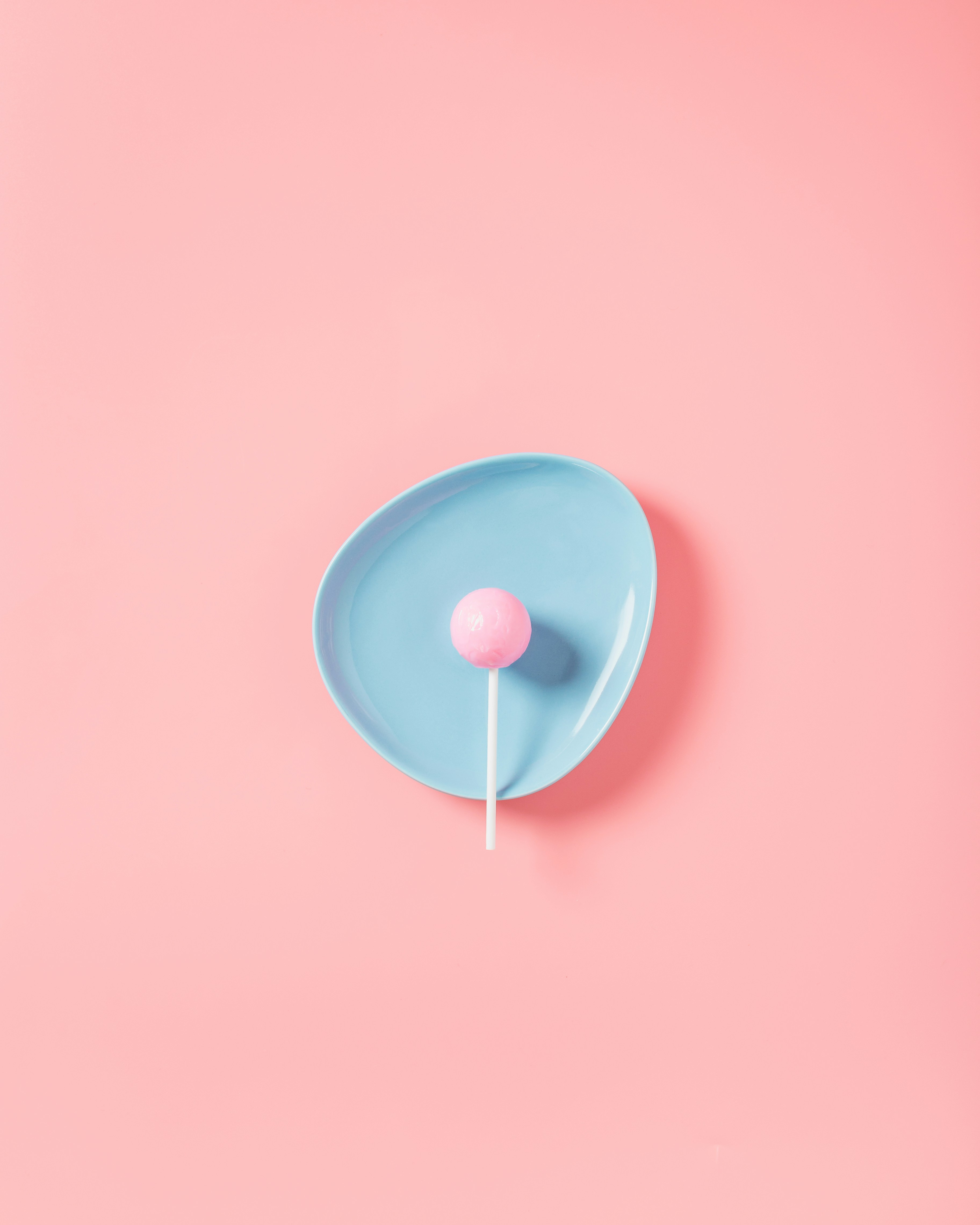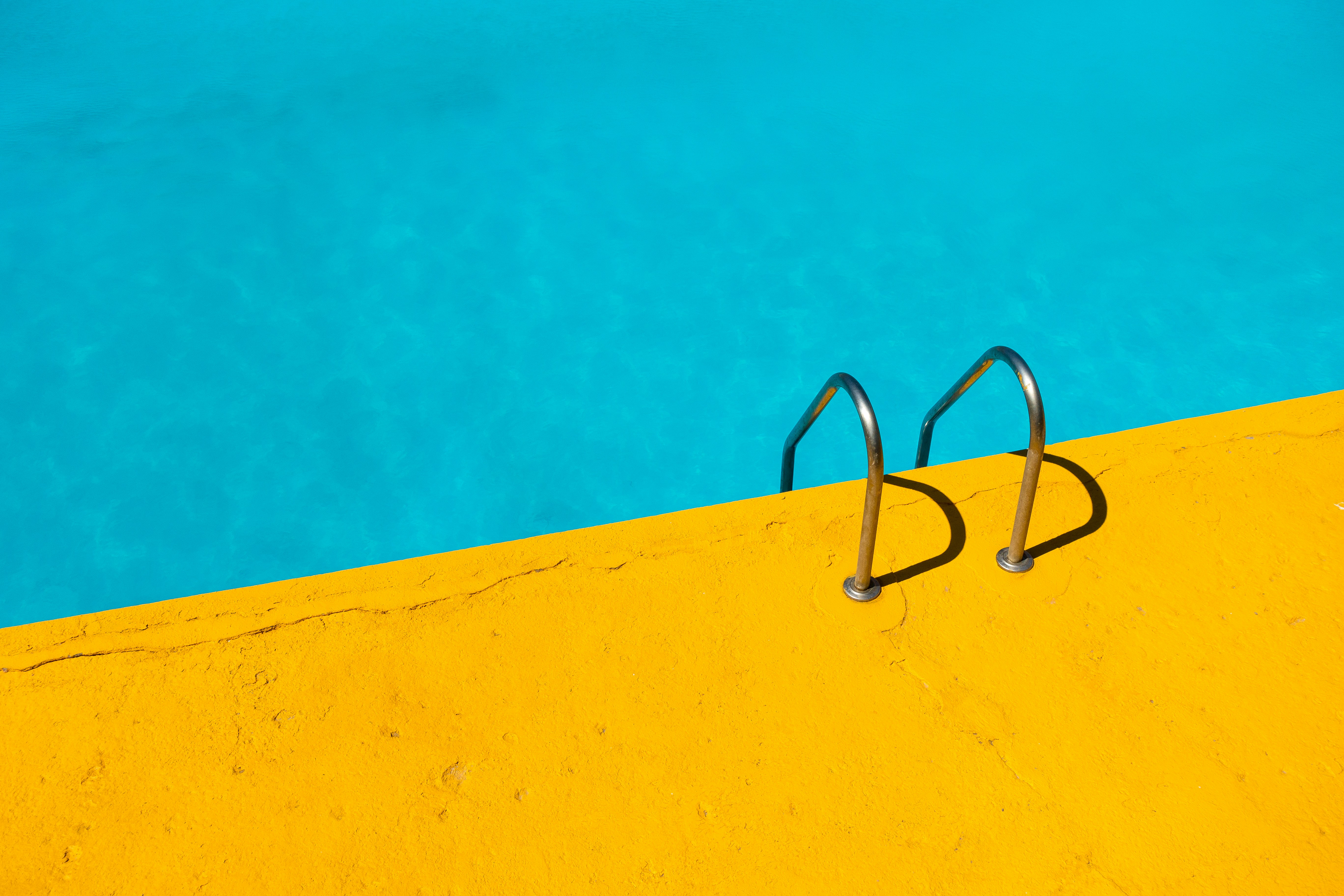In the world of podcasting, it’s crucial to deliver high-quality audio that captivates your listeners. And one essential tool that can make a significant difference is a pop filter. You may be wondering, what exactly is a pop filter and why is it so important? Well, fear not, because this beginner’s guide will provide you with all the answers you need. Whether you’re new to podcasting or looking to improve your current setup, understanding the importance of a pop filter can take your audio recordings to the next level. So, let’s dive in and discover how this small yet mighty device can make a big difference in the world of podcasting!
The Basics of Podcasting Equipment
When it comes to podcasting, having the right equipment is essential for a professional sound. One important piece of equipment that every podcaster should have is a pop filter. In this article, we will explore the basics of pop filters, their function, and how they can improve the audio quality of your podcast.
Recommended Brands for Podcast Equipment
Before delving into the details of pop filters, let’s first take a look at some of the recommended brands for podcast equipment. When it comes to microphones, popular brands include Shure, Rode, and Audio-Technica. For headphones, Sennheiser, Sony, and Beyerdynamic are well-regarded choices. Audio interfaces from Focusrite, Behringer, and PreSonus are also highly recommended. And when it comes to pop filters, brands like Stedman, Nady, and Aokeo offer quality options. Other important podcasting equipment includes boom arms/stands, shock mounts, acoustic treatment, recording software, portable recorders, and cables/accessories.
What is a Pop Filter?
A pop filter is a device that is placed in front of a microphone to prevent plosives, which are the explosive sounds that occur when certain consonant sounds, like “p” and “b,” are pronounced. These plosives can cause audio distortion and make your podcast sound unprofessional. A pop filter helps to eliminate or reduce these sounds, resulting in clear and crisp audio.
Function of Pop Filters
The main function of a pop filter is to act as a barrier between the podcast host’s mouth and the microphone. When the host speaks, the air expelled from their mouth can cause the microphone to pick up unwanted plosive sounds. The pop filter disperses the airflow, diffusing the impact and minimizing the plosive sounds that reach the microphone. This allows for a more balanced and professional sound.
Preventing Plosive Sounds
Plosive sounds are caused by the release of a burst of air during the pronunciation of certain sounds. These sounds can be especially pronounced when speaking close to a microphone. By using a pop filter, you can reduce or eliminate the plosive sounds by disrupting the airflow. The filter acts as a buffer, diffusing the air and preventing it from hitting the microphone directly. This helps to achieve a more natural and pleasing sound for your podcast.
Improving Audio Quality
In addition to preventing plosive sounds, pop filters also play a crucial role in improving the overall audio quality of your podcast. By reducing pops, clicks, and other unwanted noise, pop filters allow your voice to be captured more clearly and accurately by the microphone. This leads to a more professional and polished sound, enhancing the listening experience for your audience.
Different Types of Pop Filters
There are several different types of pop filters available on the market, each with its own advantages and disadvantages. The most common types include nylon mesh filters, metal mesh filters, and foam filters.
Nylon mesh filters are the most popular and widely used type of pop filter. They are affordable, durable, and effective at reducing plosive sounds. These filters are made of a fine mesh material that diffuses the airflow while still allowing sound waves to pass through.
Metal mesh filters, on the other hand, are more expensive but offer superior durability and longevity. They are made of a metal screen and provide excellent protection against plosive sounds. Metal mesh filters also have the added benefit of being easy to clean and maintain.
Foam filters, also known as windshields or pop socks, are made of a foam material that wraps around the microphone. While they are not as effective at reducing plosive sounds as mesh filters, they are useful for reducing wind noise and can be a good alternative for outdoor recordings.
Necessary Pop Filter Features
When choosing a pop filter, there are a few key features that you should consider. Firstly, the size of the pop filter is important. It should be large enough to cover the entire microphone, ensuring that it effectively captures the plosive sounds. Additionally, the filter should be adjustable and easy to position in front of the microphone. This will allow you to find the optimal distance and angle for maximum effectiveness. Lastly, the pop filter should be compatible with the type of microphone you are using. Be sure to check the specifications and recommendations provided by the manufacturer.
Choosing the Right Pop Filter
When it comes to choosing the right pop filter, there are a few factors to consider. Firstly, you should consider your budget. Pop filters can vary in price, so it’s important to determine how much you are willing to invest in this piece of equipment. Additionally, you should consider the type of microphone you are using and ensure that the pop filter is compatible with it. Finally, consider reading reviews and doing some research on different brands and models. This will help you make an informed decision and choose a pop filter that best suits your needs and preferences.

Setting Up and Using a Pop Filter
Setting up and using a pop filter is a relatively straightforward process. First, attach the pop filter to your microphone stand or boom arm. Make sure that it is securely fastened and positioned in front of the microphone. Adjust the angle and distance of the filter to find the optimal placement. Experiment with different positions to see which one works best for your voice and microphone setup. Once the pop filter is in place, you can start recording your podcast as usual. Remember to speak naturally and be mindful of your pronunciation to minimize plosive sounds.
Additional Tips for Podcasters
While having a quality pop filter is essential for improving the audio quality of your podcast, there are also other essential equipment pieces that you should consider. High-quality microphones, headphones, audio interfaces, boom arms/stands, shock mounts, acoustic treatment, recording software, portable recorders, and cables/accessories all contribute to creating a professional-sounding podcast. Researching and investing in these additional pieces of equipment will help you achieve the best possible results.
In conclusion, pop filters are a crucial piece of equipment for podcasters, as they help to prevent plosive sounds and improve the overall audio quality of your recordings. By choosing the right pop filter, setting it up correctly, and using it consistently, you can enhance the professionalism and clarity of your podcast. Combine it with other essential equipment, and you’ll be well on your way to creating an engaging and high-quality podcast that captivates your audience. Happy podcasting!



